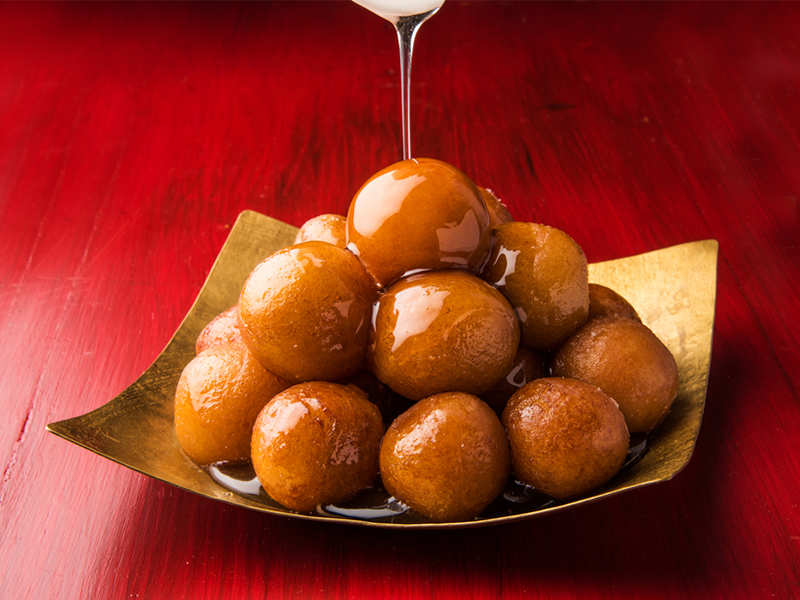Guide to Indian Sweets
Indian sweets come in a variety of colours, textures and shapes. Each sweet has its own identity in a sweet shop. We look at some of the most popular Indian sweets made and available for people to enjoy today.Indian sweets are known as mithai.they rely heavly on sugar,milk and condensed milk and frying however the basis of the sweets vary by rejion.indian sweets more intense and sweeter than western sweets and deserts and quite a bit heavier since they are mainly in ghee which is clarified butter.
TYPES OF SWEETS
Gulab jamun
payasam
sandesh
leddu
jilebi
mysorepack
kulfi
Know all about Indian desserts!

In
India, sweets are an integral part of the social, religious and
cultural milieu. No celebration is complete without the traditional
'mithais'. In fact, all the deities have their favourite desserts. For
example, Ganesha is fond of modak, Hanuman loves laddoo, Lord Shiva
likes Thandai, and the cute little Lord Krishna is fond of peda. Some of
these sweets are hundreds of years old and have some really interesting
stories attached to them. Here is a list of some popular Indian sweets
and legends associated with them.
02/9Gulab Jamun

Soft
and succulent, the two words that define Gulab Jamun are completely apt
for it. It is one of the popular sweet dishes of India that is enjoyed
best on special occasions and festivals. But, do you know that this
amazing dessert has a history of its own? Well, to start with, Gulab
Jamun is not even Indian. Surprised? Here is more! It came from the
Persian (present day, Iran) cuisine and has originated from an Arabic
dessert - Luqmat al-qaadhi that literally translates to ‘The Judge’s
Bite’. This dessert got popularity during the Mughal era and was later
called Gulab Jamun, and was renamed using Persian words gul (flower), ab
(water), and jamun (Indian fruit with similar shape & size).
Comments
Post a Comment